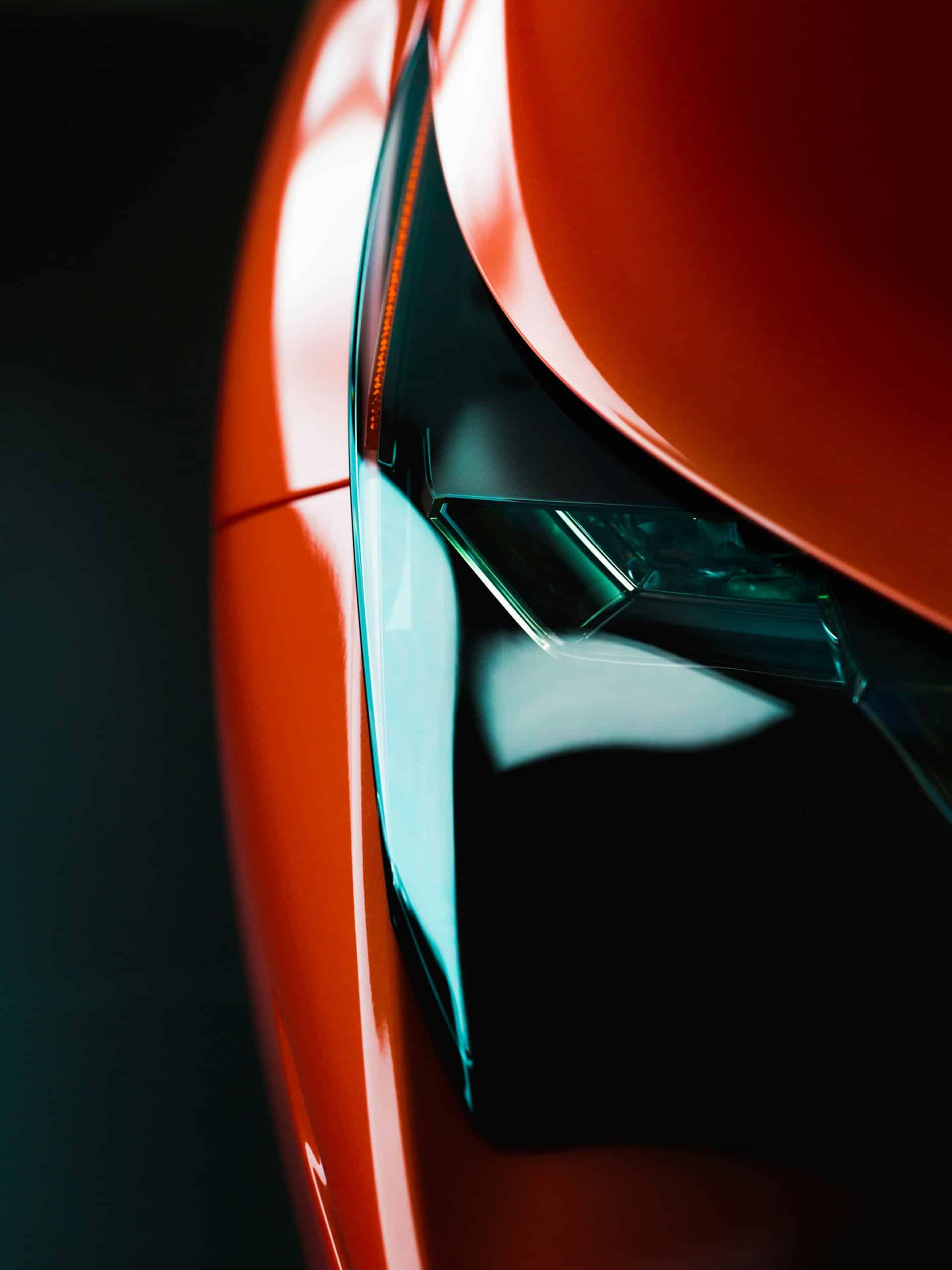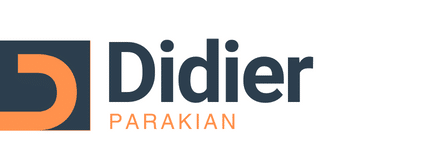What’s the Best Method for Calibrating the Adaptive Front Lighting System on a Range Rover Evoque?

Sharpening the precision of your vehicle’s adaptive front lighting system, or ADAS, is a crucial part of ensuring safety and performance on the road. If you’re in the driver’s seat of a Range Rover Evoque, here’s how you can carry out an efficient calibration of the ADAS. The process will involve various elements such as the vehicle’s control module, sensor diagnostic, low battery indicators and more.
Understanding the Role of an Adaptive Front Lighting System
Before diving into the calibration process, it’s essential to understand what an adaptive front lighting system does and why it needs regular calibration. Like the human eye, the ADAS adjusts the light intensity based on the surrounding environment. And just like an eye requires regular check-ups, the ADAS requires regular calibration.
Sujet a lire : How to Select and Install a High-Performance Alternator in a Subaru Legacy GT for Audio Upgrades?
An adaptive front lighting system, or ADAS, is a feature found in many modern vehicles, including the Range Rover Evoque. The system uses a series of sensors and control modules to adjust the direction and intensity of the vehicle’s headlights based on the vehicle’s speed, steering angle, and other factors. For instance, when the vehicle takes a turn, the system will ensure that the lights illuminate the road ahead in the best possible way. This enhances visibility and safety, especially in low visibility conditions.
However, like many high-tech vehicle systems, the ADAS needs regular calibration to function at its best. Calibration involves adjusting the system’s sensors and control modules to ensure that they’re accurately interpreting and responding to the vehicle’s movements and the road conditions. For example, if the sensors are misaligned, the system might illuminate the wrong area of the road when the vehicle turns, which can result in a safety hazard. Calibration ensures that these misalignments are corrected and the system performs as expected.
En parallèle : Can You Retrofit an Advanced Collision Avoidance System in a Toyota RAV4?
Key Components of an Adaptive Front Lighting System
The ADAS comprises several critical components that work together to control the vehicle’s headlights. Knowing these components and their functions is crucial in understanding how to calibrate the system effectively.
The main components of an ADAS in a Range Rover Evoque are:
- The control module, which processes information from the sensors and commands the headlights to move.
- Sensors, which detect the vehicle’s speed, steering angle, and other factors. The sensors send this information to the control module.
- Actuators, which physically move the headlights based on commands from the control module.
- Vehicle diagnostic system, which monitors the health of the ADAS and can notify the driver of any faults. This system can also be used during the calibration process.
Each of these components plays a vital role in the operation of the ADAS, and each must be working correctly for the system to function properly. When calibrating the system, you’ll need to ensure that each of these components is performing as expected.
Steps to Calibrate the Adaptive Front Lighting System
Calibration of the ADAS can seem like a daunting task if you’re not experienced in vehicle diagnostics and repair. However, with a little patience and the right tools, you can perform the calibration yourself. Here are the steps to follow.
Firstly, ensure your vehicle is on a flat, level surface, and the headlights are about three meters away from a wall or another flat vertical surface. This will allow you to clearly see the movement and direction of the headlights.
Turn on the vehicle and let it run until it reaches its operating temperature. Next, use the vehicle’s diagnostic system to check for any faults in the ADAS. If there are no faults, you can proceed with the calibration. If there are faults, you’ll need to address these first.
To calibrate the system, access the vehicle’s control module using a diagnostic tool. This tool will allow you to adjust the settings of the ADAS. Follow the on-screen instructions to calibrate the sensors and actuators. This process may vary slightly depending on the model of your Range Rover Evoque, so be sure to refer to your vehicle’s user manual or a trusted automotive guide.
Maintaining Your Vehicle’s Adaptive Front Lighting System
After you’ve successfully calibrated your Range Rover Evoque’s ADAS, maintaining the system’s optimal performance is crucial. Regularly inspect the system for any faults and address them promptly. Also, ensure the vehicle’s battery is in good condition, as a low battery can affect the operation of the ADAS.
Remember, a well-calibrated ADAS not only enhances your vehicle’s performance but also ensures your safety on the road. Regular calibration and system maintenance will keep your Range Rover Evoque at peak performance, giving you a clear, adaptive view of the road at all times.
Essential Tools and Equipment Needed for ADAS Calibration
Before you begin the calibration process for your Range Rover Evoque’s ADAS, it’s important to make sure you have the necessary tools and equipment. A professional-grade diagnostic tool is an integral part of this process. It facilitates seamless communication between the vehicle’s systems and the user, providing real-time data and the ability to make necessary adjustments.
The IID tool, for example, is a diagnostic tool that has gained popularity among Range Rover owners for its comprehensive features. It can perform a wide range of functions, from reading and clearing fault codes to ADAS calibration.
Moreover, you need to pay attention to the LIN bus, a robust, low-cost serial network protocol used for communication between components in vehicles. In the context of the ADAS, the LIN bus facilitates communication between control modules and sensors. Any disruption in this system may lead to inaccurate data being sent and received, leading to inefficiency in the ADAS operation.
Lastly, proper diagnostic equipment is essential for efficient ADAS calibration. Investing in high-quality and reliable diagnostic equipment is non-negotiable as it ensures accuracy, efficiency, and durability.
Common Issues and Solutions During ADAS Calibration
Given the complexity of the ADAS, certain issues may arise during the calibration process. For instance, the system might remain open or fail to respond as expected. The vehicle’s monitoring system could prove beneficial in such situations, as it helps to detect and diagnose these problems.
Issues might also arise due to discrepancies in the high beam settings or interference from the body control system. It is recommended to refer to the Range Rover Evoque manual or trusted automotive guides for solutions in such situations.
In some cases, specific issues might also be discussed on forums range by other Range Rover owners. They can provide real-time solutions and advice, making them a great resource.
Remember, the key to mitigating these issues lies in understanding the nuances of the Range Rover’s ADAS and being patient throughout the process.
Conclusion
In conclusion, calibrating the Adaptive Front Lighting System of a Range Rover Evoque is a multi-step process that requires a deep understanding of the vehicle’s systems, specifically the control module, LIN bus, and diagnostic tools. Regular maintenance and calibration of the ADAS ensure not only increased vehicle performance but also heightened safety.
Whether you’re a seasoned Jaguar Land Rover enthusiast or a new owner, understanding the intricacies of the ADAS and the calibration process is crucial. As vehicle systems continue to become more advanced, staying informed and proactive about maintenance can make a significant difference in your driving experience.
Remember to keep the engine running during calibration, address any faults promptly, and invest in reliable diagnostic equipment. With these practices, your Jaguar Land Rover experience will remain unparalleled.
